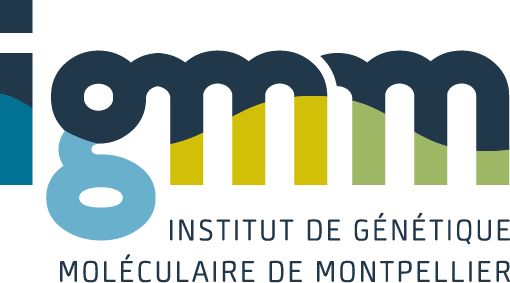Activation of the ERBB2 oncogene seems to be an early event in breast cancer progression and prevalent in in situ carcinomas. However, its prognosis value, albeit recognized for node-positive patients, remains controversial for those without apparent nodal involvement. One possible reason for this problem is likely to be the difficulty of defining threshold levels for ERBB2 protein overexpression. ERBB2 protein expression was therefore analyzed in primary invasive breast tumors. Quantification of the gene product by a commercial ELISA test was compared to results obtained by immunohistochemistry and western blotting, as well as to gene amplification status determined by Southern blotting. Correlations between results obtained by the different techniques were highly significant (P value < 10(-6)). Nevertheless, ELISA permitted us to determine three levels of protein expression corresponding to distinct tumor subsets. 1) Tumors with p185/ERBB2 expression levels exceeding 10 U/microgram exhibited in most cases amplification of the gene (83% of cases), DNA aneuploidy (81%) and absence of estrogen receptor (ER) (44%). Such high levels of protein expression were exclusively observed in invasive ductal carcinomas and were prevalent in those showing a significant in situ component. 2) "Intermediate" levels of expression (3-10 U/micrograms) were rarely observed in tumors exhibiting gene amplification (9%), but were preferentially found in cancers of more favorable prognosis (only 49% were aneuploid and 9% estrogen receptor negative). 3) Levels of p185/ERBB2 below 3 U/micrograms were detected in benign mastopathies and, thus, carcinomas presenting such levels were scored ERBB2 negative. Interestingly, invasive lobular carcinomas were rarely ERBB2 positive, and if so, only at intermediate levels. Moreover, our data show a complex interrelationship between p185/ERBB2 expression and ER levels. Indeed, tumors with more than 10 U/micrograms of p185 were prevalently ER, whereas those with p185 ranging from 3 to 10 U presented elevated levels of ER.
Quantification of ERBB2 protein expression in breast cancer: three levels of expression defined by their clinico-pathological correlations
Cuny, M.; Simony-Lafontaine, J.; Rouanet, P.; Grenier, J.; Valles, H.; Lavaill, R.; Louason, G.; Causse, A.; Lequeux, N.; Thierry, C.; et al
1994
Oncol Res
1994 / vol 6 / pages 169-76
Abstract
Tags
Female; Humans; Immunohistochemistry; Gene Expression; Gene Expression Regulation, Neoplastic; Enzyme-Linked Immunosorbent Assay; Aneuploidy; Breast Neoplasms/*chemistry/*genetics; Gene Amplification; Receptor, erbB-2/*analysis/*genetics
